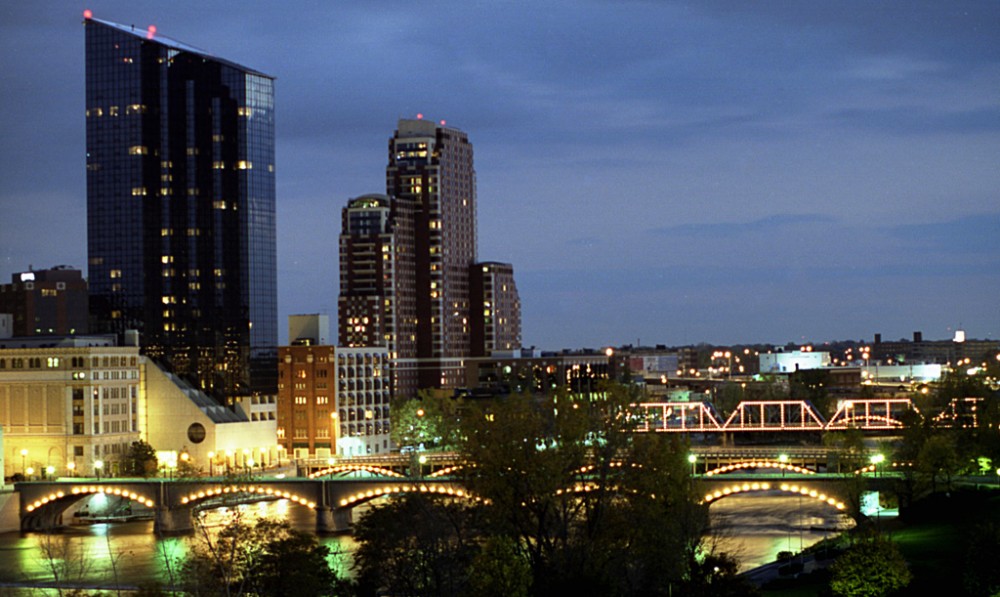The housing crash and the subsequent foreclosure crisis has saddled the United States with an extraordinary level of vacant properties, inflicting heavy costs to many American communities, according to Federal Reserve Board Governor Elizabeth A. Duke.
“In order to see the robust economic recovery we all want, we need to deal effectively with the large volume of vacant and distressed properties throughout the country,” said Duke. “The potential fallout of high rates of vacancy — blight, crime, lowered home values, and decreased property tax revenue — is the same for every neighborhood and community. In some areas, the private market will lead the way, while in others government will have to use precious resources wisely to catalyze recovery.”
As of the first quarter of 2013, there are just over 133 million housing units in America and 10.7 percent of them — more than 14. 2 million — are vacant all year round for some reason or another, according to the Census Bureau.
A recent study by Realty Trac found that 45 percent of those empty foreclosures didn’t have a forwarding address. Florida leads the nation in vacant foreclosures, with 90,556. Illinois came in second with 31,668 empty distressed homes, followed by California with 28,821, and Ohio with 17,367 vacant properties.
Vacant homes are not just an isolated issue. Communities throughout the industrial Midwest struggle with vacant housing every day. In Cleveland, there are thousands of homes beyond repair in Cuyahoga County, primarily in Cleveland and East Cleveland, writes Jim Rokakis in the Cleveland Plain Dealer. There are so many derelict, severely blighted vacant properties that the city has started demolishing thousands of properties. In Columbus, there are 6,000 vacant and abandoned homes.
In Las Vegas, there are 40,481 vacant single-family homes, according to a study by Luis A. Lopez at the University of Nevada, Las Vegas. The study found that 8.4 percent of the 482,272 single-family homes in the Valley were vacant. Las Vegas also has 16,542 empty condominiums, or 20.6 percent of total inventory, and 5,137 vacant townhouses, or 12.2 percent of total inventory, according to the UNLV report.
And in Detroit the numbers of vacant properties are staggering. Once America’s capitalist dream town, Detroit now leads the nation with an estimated 79,000 vacant homes. Teetering on bankruptcy, the city of Detroit is unable to handle the avalanche of vacant homes, many slated for eventual demolition.
Part of the problem with vacant homes is that America’s home ownership rate is falling at an alarming pace, from 69 percent in 2004 to the current 65 percent in Q-1 2013, according to the Census Bureau.
Nearly 11 percent of houses in America are empty, making them a potential haven for criminals, as well as an eyesore for neighbors and a disaster for local governments, which are losing their much-needed property tax base. Vacancies have also lowered property values of surrounding properties in many communities.
So, what should be done with the millions of vacant houses in America? Should they be demolished? Should they be rented to the homeless? Or sold to investors?
By Octavio Nuiry
